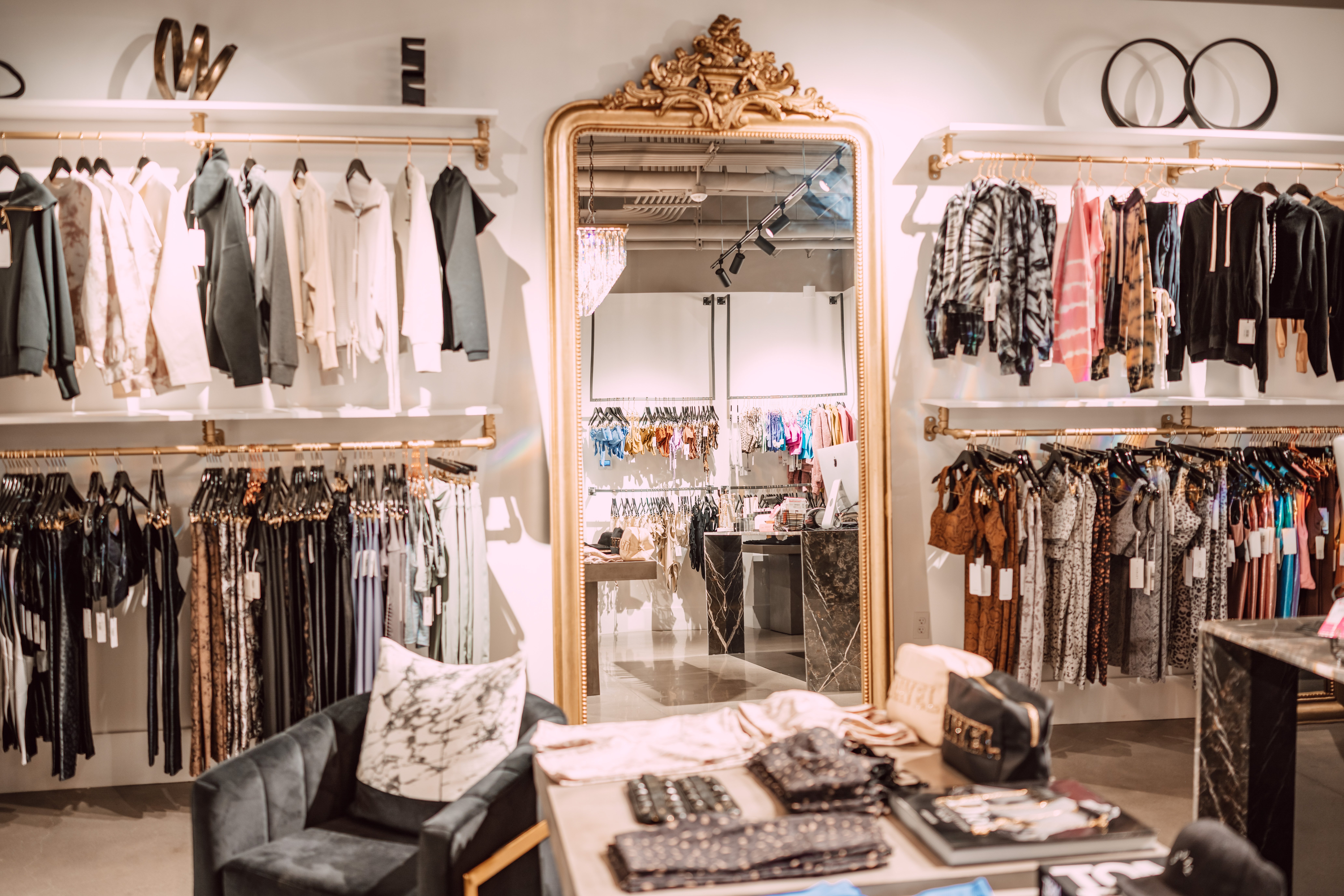Why Boutique Fashion is the Ultimate Choice for One-of-a-kind Style
Why Boutique Fashion is the Ultimate Choice for One-of-a-kind Style
Blog Article
A Deep Study the Globe of High-Fashion Runways: Comprehending Clothing as Art
Designers, much like masterful artists, weave elaborate narratives via shade, form, and fabric, redefining and testing traditional norms charm standards. As we discover these sartorial spectacles, we must consider: what duty does fashion play in shaping societal values, and exactly how does it reflect the ever-changing tapestry of human feeling and identity?
The Evolution of Runway Shows
The trajectory of runway shows has actually transformed considerably over the years, advancing from special industry occasions to captivating eyeglasses that blend fashion with art. Typically, path programs made love affairs, held in ateliers or tiny locations, primarily gone to by purchasers and market insiders. These early presentations concentrated on the garments' workmanship and industrial feasibility, supplying a straight and functional screen of seasonal collections.
As the style sector increased, the nature of runway programs began to change. The 1970s and 1980s noted a turning factor, with designers seeking to identify themselves through more theatrical discussions.
Recently, modern technology and social media have additionally revolutionized path programs, making them accessible to a global audience. Livestreaming and electronic platforms have actually democratized style, allowing fanatics worldwide to witness these occasions in real-time (boutique fashion). This evolution reflects a broader social change, where high-fashion paths offer as a vibrant crossway of innovation, performance, and style
Designers as Enthusiast Artists
Designers in the high-fashion sector have blurred the lines in between practical garment development and the conceptual realm of art. By welcoming creative techniques such as sculpture, paint, and progressive installments, developers craft garments that challenge typical style norms and elevate them to art types.
Visionary developers draw ideas from a myriad of sources, including abstract art, historical references, and individual stories. They possess an unique capacity to visualize and appear ideas that push the borders of traditional fashion, often redefining visual paradigms in the procedure. This imaginative resourcefulness is showcased through remarkable shapes, cutting-edge materials, and intricate workmanship, which invite audiences to experience fashion as even more than just wearable products.
Moreover, the runway acts as a canvas for these artists, where lights, songs, and set design coalesce to produce immersive experiences. These discussions are not merely screens of apparel yet are managed efficiencies that evoke feeling and provoke thought, attesting the developer's duty as a true artist in the contemporary social landscape.
Social Influences in Fashion
Social tapestry weaves its detailed patterns right into the material of fashion, influencing designers globally. The dynamic interchange of cultural tales, customs, and icons notifies and inspires collections that poise high-fashion runways.
The influence of culture on fashion is usually seen in the reinterpretation of conventional garments and patterns. The use of Japanese bathrobes, Indian saris, or African prints in contemporary style shows a mix of cultural authenticity and contemporary aesthetic appeals. Designers such as Valentino's Pierpaolo Piccioli and Alexander McQueen's Sarah Burton have actually been understood to incorporate abundant cultural motifs into their couture collections, converting background into wearable art.

Technology in Textile and Layout
Advancement in material and style regularly improves the landscape of high-fashion, pressing borders and redefining possibilities. In current years, technological improvements have substantially added to this development, introducing products that challenge conventional assumptions. Textiles ingrained with clever fibers, efficient in altering color or regulating temperature level, are no more confined to the realm of science fiction. Developers are increasingly exploring the combination of modern technology, such as 3D printing, which permits the creation of complex structures that were previously unbelievable.
The fashion sector is observing a surge in the usage of eco-friendly materials, derived from recycled plastics, organic fibers, and even naturally degradable elements. Developers are accepting these materials to craft garments that are both mindful and visually striking of their environmental impact.
In terms of design, progressive shapes and speculative types are constantly transforming the runway. By integrating advanced techniques and unconventional products, designers grow garments that obscure the line between fashion and art, establishing brand-new standards for creativity and expression in the high-fashion round.
Influence of Style on Culture
Style possesses a profound influence on society, working as both a representation of social identity and a driver for directory social change. Via its development, fashion has mirrored societal changes, encapsulating the zeitgeist of numerous ages. For instance, the flapper outfits of the 1920s symbolized a newly found sense of women's liberation, while the bold prints of the 1960s resembled the revolutionary spirit of the moment. High-fashion runways, particularly, serve as systems for tough norms and redefining charm standards. Designers make use of these places to deal with pushing social read here issues, from sustainability to variety, consequently shaping public discourse.
Furthermore, fashion has the power to bridge social voids, fostering understanding and gratitude among diverse teams. As globalisation speeds up, the cross-cultural exchange of fashion concepts comes to be increasingly considerable, advertising inclusivity and variety. The rise of streetwear, originating from metropolitan subcultures, shows how fashion can transcend socio-economic boundaries, providing individuals a means of self-expression and empowerment.
Basically, style is not just about looks; it is a dynamic force that affects values, perspectives, and societal development (boutique fashion). By constantly connecting with social and social currents, fashion stays an important component of the cumulative human experience

Conclusion
Designers, similar to visionary artists, coordinate collections that reflect identity, emotion, and social narratives, challenging standard aesthetics. This crossway of fashion and virtuosity not just mesmerizes target markets around the world however likewise affects societal understandings and promotes a much deeper gratitude for cultural diversity.

Social tapestry weaves its elaborate patterns right into the material of style, influencing developers internationally.Style wields a profound impact on society, offering as both a reflection of social identity and a catalyst for social modification.
Report this page